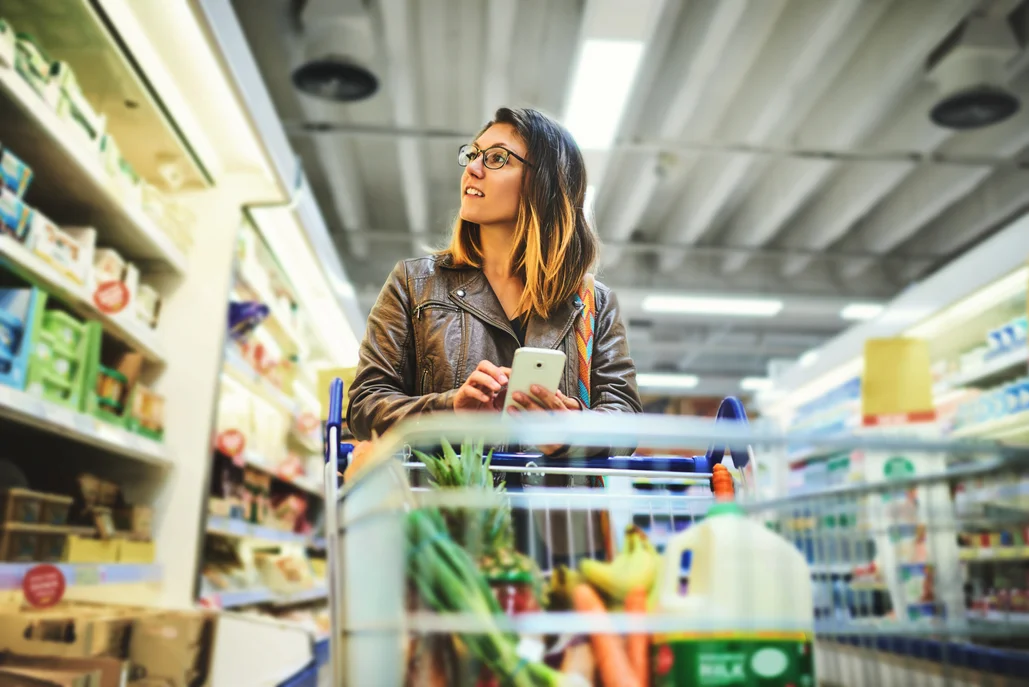Ultra-processed foods are “products that typically line the aisles of our supermarkets that you couldn’t possibly make in your own kitchen,” as food journalist and podcaster Max Lugavere explained on a recent episode of the podcast The Pursuit of Wellness. “Ultra processed foods could only be made in a factory, essentially.”
According to the NOVA food classification system, ultra-processed foods usually contain ingredients you wouldn’t use in at-home cooking (think hydrolyzed proteins, modified starches, dyes, flavorings, bulking agents, and preservatives) (2).
Ultra-processed foods tend to be high in sugar, salt, refined grains, fats, and preservatives. They tend to have lower nutritional value as well. Ice cream, chicken nuggets, soda, energy drinks, sweetened juices, pastries, margarine, chips, packaged cookies, and fast food are all examples of ultra-processed foods.
“The more ingredients a food product has the more likely it is to be ultra-processed,” Lugavere explained on The Pursuit of Wellness. “[Ultra-processed foods have a] characteristic known as hyper-palatability so we tend not to tire of eating them, and when we do tire of eating them we’ve already over-consumed them. So it’s that phenomenon that I think most people can relate to. Like when you go to the freezer to grab a pint of ice cream, aspiring to only have a spoonful or two of ice cream and you end up seeing the bottom of the pint…that’s how these food products are designed.” A 2019 study found that as many as 62% of foods in the US may be considered to be hyper-palatable (3).
These foods are hard to put down—which may make it difficult to reach your health goals.
Ultra-processed foods are linked to an increased risk of heart disease, stroke, high blood pressure, type 2 diabetes, and other serious conditions (4).
A 2019 study conducted in Brazil found that ultra-processed foods were responsible for 10.5% of all premature deaths between the ages of 30 and 69 that year, and for 21.8% of all preventable deaths from non-communicable disease (5). That year, Brazilians’ ultra-processed food intake was between 13-21% of their total food intake. That’s a significantly lower percentage of ultra-processed foods than what the average American eats, so it’s hard to imagine what the results of a similar study could look like in the US.
Ultra-processed foods are linked to cognitive decline, mood changes, and memory issues (6). Recent research has found that for every 10% increment in ultra-processed food consumption, a person’s dementia risk increases by 25% (7).
A UK study on ultra-processed foods’ link to 34 different types of cancer found that each 10% increase in ultra-processed food consumption was linked to a 2% increased risk of developing cancer, and a 19% increased risk of being diagnosed with ovarian cancer specifically (8). The study also found that for every 10% increase in ultra-processed food consumption, the risk of dying of cancer grew by 6%.




